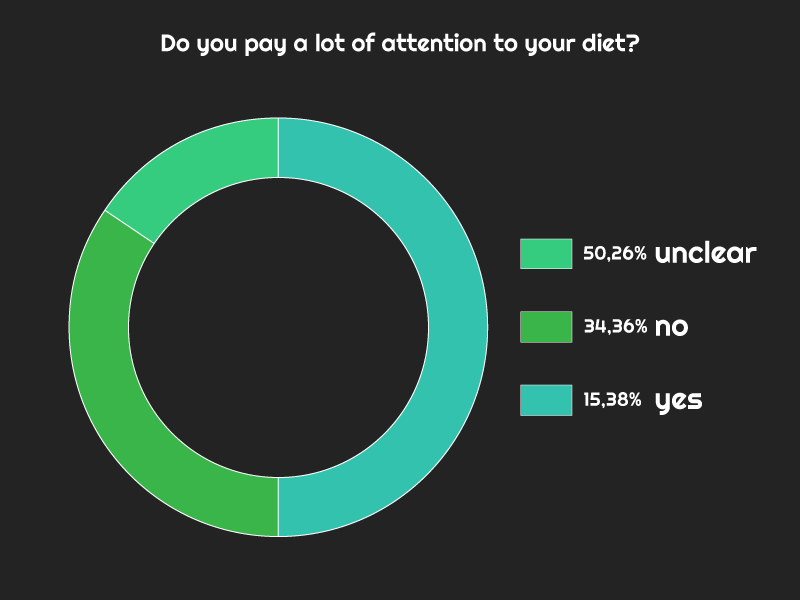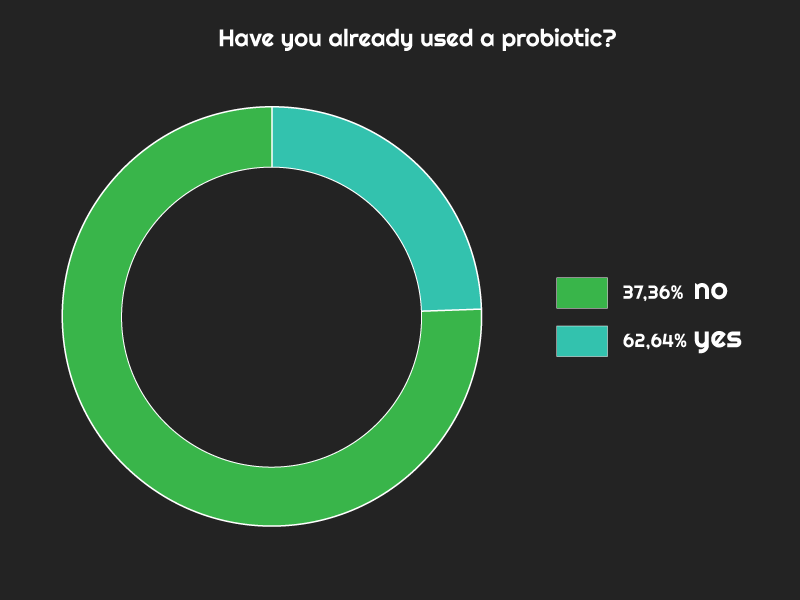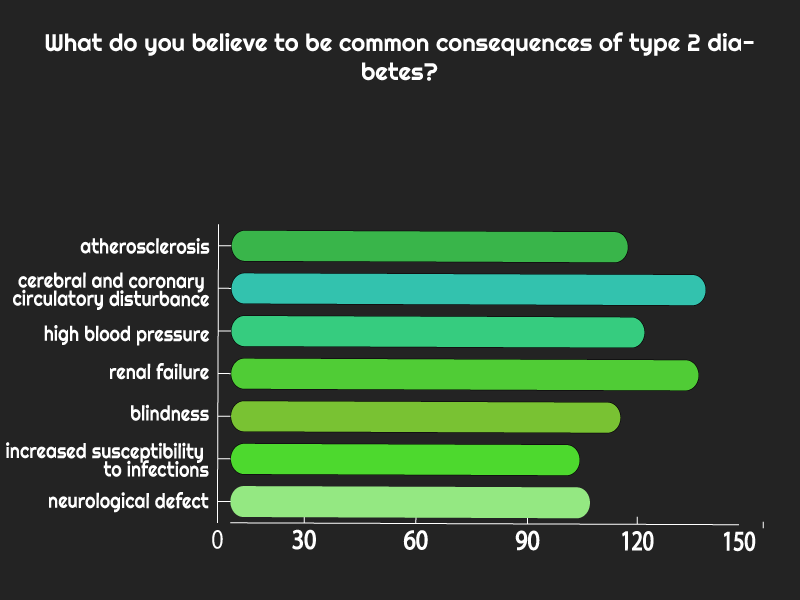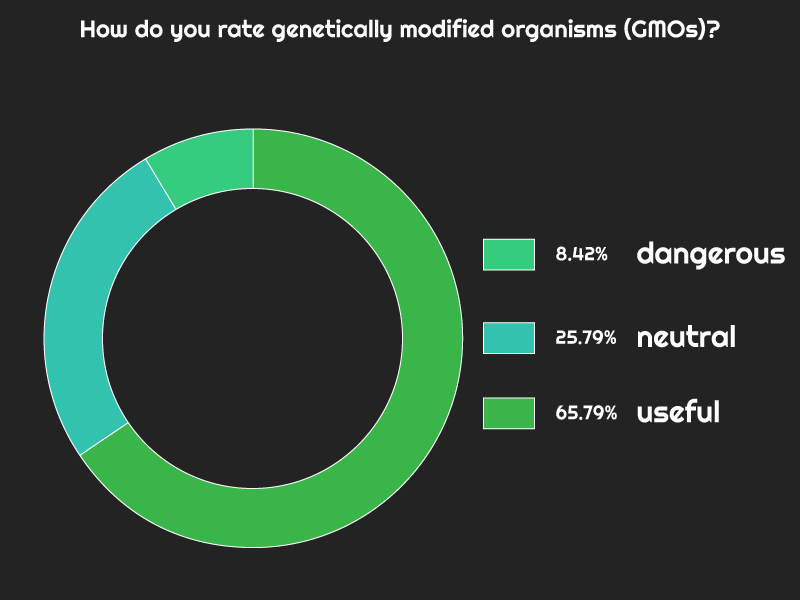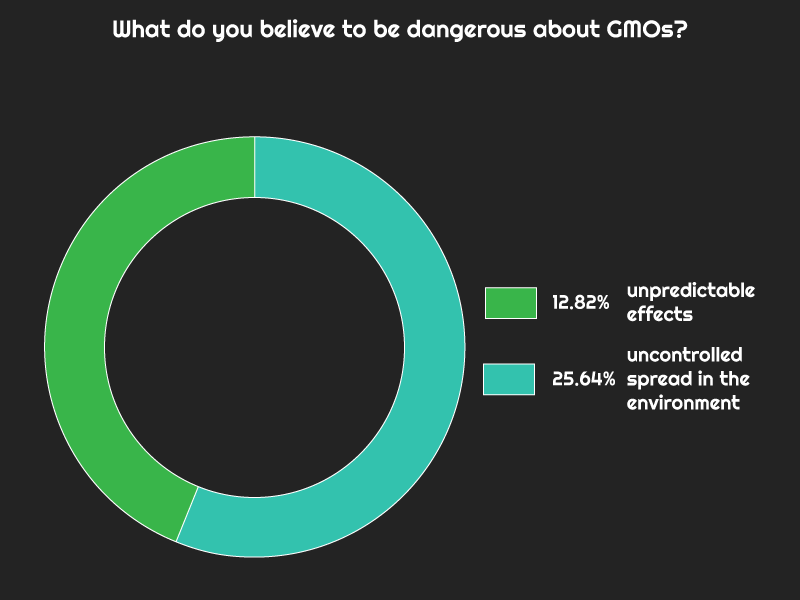Background
We designed our survey in accordance with the criteria proposed by iGEM. Hence, informed consent and privacy/ data protection were highly important to us. Also, our survey design had to be specific and unambiguous, with the goal of not compromising our survey by insinuating a “correct” response to any question. For this purpose, we used the tools provided for free for students by www.umfrageonline.com. As in our case, the participants volunteered to conduct our survey, our survey is a “nonprobability” survey and the results do not represent a randomized group. However, our study had the purpose to help us with refining our project and give us insights into the perception of new therapies and Synthetic Biology.
Initially, we aimed to publish the survey within several online support groups, however, it was not possible to get access to any of the groups since the administrators are - understandably - very suspicious of surveys about drugs. Although we did not mean to advertise a product with our survey, we understand that the protection of the members of the group is important. The same applies to spreading the survey via our contacts in the clinic, who wanted to protect their patients. Consequently, the survey was spread during outreach activities, our website, and by word.
Please use the following links to download our survey:
Overview
The survey covered a number of topics, including general application of therapeutics, knowledge and perception of Genetically Modified Organisms (GMOs), and feedback on whether education of certain topics was desired. Overall, 198 people participated in our survey.
Results
At first, we wanted to get a general impression of the participants and asked about their diets. We found that only half of the participants pay a lot of attention to their diet (Fig. 1).
Moreover, we found that nearly 90% percent prefer to administer drugs by using tablets, while only 8% prefer to use probiotics as medication (Fig. 2).
However, only approximately 20% have ever used a probiotic (Fig. 3), of which half of the usages were due to therapeutic indications. Another large group was the usage for nutritional supplements (Fig. 4).
The next subject area we were interested in was Diabetes Mellitus. We found that more than two thirds of the participants know people affected by Type 2 Diabetes mellitus (Fig. 5).
Thus, we wanted to investigate the knowledge of the public about Diabetes Mellitus.
We first asked to find risk factors of Diabetes in a list, in which we added sports as the only factor not having negative effects on the development of the disease (Fig. 6). We found that nearly everyone correctly identified obesity as a risk factor. Moreover, a sedentary job and genetics are runner ups in the correctly identified. About 60 percent correctly identified cholesterol, hypertension and smoking as risk factors.
Next, we asked about estimations of the percentage of obese and diabetic people worldwide. Most participants believe that 2 to 10% of the world’s population are suffering from Type 2 Diabetes Mellitus, while 25 to 50% are believed to be obese. We were surprised that these estimations are very accurate.
Furthermore, we asked participants to rate whether they believed the listed consequences of being diabetic to be true (Fig. 7). Our results showed that about three quarters of the surveyed detected renal failure and circulatory disturbances as consequences, while the other consequences were accepted by about 60% of the participants.
As synthetic biology often is an unknown topic within the society, we asked participants what they think how insulin is produced nowadays (Fig. 8). About 70% of the participants answered our question correctly: bacteria.
We also wanted to know whether people had heard a talk about GMOs prior to answering the survey to gather the amount of information the participants had already received on synthetic biology and GMOs (Fig. 9). More than three thirds did not hear a talk before entering.
To get a better overview the participants’ knowledge on GMOs, we asked whether they have taken or used products made by GMOs (Fig. 10). Interestingly, about half of the participants did not know the answer to the question, although GMOs are very present in agriculture and the industry.
Since had anticipated that many participants would not have known whether they have had contact with a GMO, the answers to the question how they perceive GMOs is very important (Fig. 11). We found that less than 10% think GMOs are dangerous, while a majority of 65% believes them to be useful. This was very surprising, since we believed the stigma of GMOs to be greater.
Of the minority, who believes that GMOs are dangerous, many chose uncontrolled spread in the environment and unpredictable effects of GMOs as reasons for their fear (Fig. 12).
In the following we asked what all people, and not only people who fear GMOs, thought about releasing GMOs into the environment (Fig. 13). We found that about 40% are neutral and 40% are in favour of the release, while 16% disagree with the release of GMOs. In order to also appeal to the minority against GMO release, we made safetey adaptions to our project. As a consequence, we adapted our wetlab project and included the kill switch.
We also asked about common concerns of GMO release (Fig. 14) and found that people mostly fear the effects of the GMOs on the environment, rather than their potential harm to humans.
Lastly, we were interested in whether people would use GMOs as therapeutics (Fig. 15), since this question is essential to our project. We found that only 7% of our participants would rule out taking medicine containing GMOs and a surprisingly high margin of 60% would use such a medicine.
Since our therapeutic may also be used as a treatment for obesity. We repeated the question asking whether people would use a GMO-based therapy to lose weight (Fig. 16). Interestingly, the number of people ruling out the use rose to 30%, while only 13 % would accept taking GMO containing medicine without restrictions. The rest of the participants either only considers this treatment an option of the GMO cannot survive in the environment or if nothing else helps.
To finalise our survey, we asked whether the participants were interested in getting more information on the aforementioned topics and synthetic biology (Fig. 17). Interestingly, about 90% desired to be more educated in the field of genetic engineering.
To find an approach for our education and outreach, we asked the participants what they want to be educated about. This left genetic engineering in food, GMOs and new therapeutic strategies as most prominent topics. Nonetheless, laws and regulations, industrial application and gene therapy were also fields people were interested in.
As a consequence, decided on educating on GMOs in general and GMOs in food and pharmaceutical industry.


